In the 1960s, the US Apollo spaceflight missions took humans to the Moon. Having stepped briefly on to another world, we then retreated back to Earth orbit. Only robotic orbiters and rovers have visited for decades. Nearly 50 years after the last humans left in 1972, NASA has declared that it will send the first woman and next man to the Moon in 2024.
They will not go alone. The United States has been inviting other nations to sign up to a set of principles for the next phase of lunar exploration called the Artemis Accords (the name invoking the god Apollo’s twin sister Artemis). Seven other countries have signed up so far. The Artemis Accords articulate ‘a shared vision for principles, grounded in the Outer Space Treaty of 1967, to create a safe and transparent environment which facilitates exploration, science, and commercial activities for all of humanity to enjoy’. One of these principles concerns cultural heritage and signatories to the Accords are also undertaking to preserve the historically significant evidence of human engagements with space. On the Moon, this includes more than 60 places where human and robotic missions have left their mark on the surface.
People often think of the Space Age as a recent and futuristic endeavour, but it began in the 1940s, when the first rocket capable of reaching outer space was developed. This means that space technology is now 80 years old and is beginning to recede into a past where we can have more perspective on what it means.
Around 20 years ago I was one of a small group of archaeologists who started thinking about satellites, space junk and planetary landing sites as an archaeological record. These included Beth Laura O’Leary, William Rathje and P.J. Capelotti in the United States, Greg Fewer in Ireland, Randall Brooks and Robert Barclay in Canada, and in Australia, John Campbell, Dirk Spennemann and me. I don’t know what led to this coalescence of archaeologists, but perhaps it was something to do with the association of the year 2000 with the future. At first the heritage and archaeology community was a little sceptical, but now space archaeology is a recognised field.
Fortunately, the protection of space heritage is starting to play a much larger role in planning for future space missions. In 2011, with input from Beth Laura O’Leary, NASA created the first set of guidelines for preventing adverse impacts from lunar surface missions on the Apollo and other US sites. At this stage there were no firm plans for humans to return to the Moon. The guidelines took into account what we know about the behaviour of lunar dust, which is easily stirred up and very abrasive, and the fragility of traces such as boot prints. The main recommendations were to place buffer zones around sites to deter unnecessary visitation, and to control rocket and vehicle movement to prevent excessive dust movement. While not legally binding, the guidelines at least lent moral weight to the idea that human sites on the Moon are worth preserving for future generations.
The 50th anniversary of the Apollo 11 lunar landing in 2019 catalysed the space community’s interest in heritage. With the acceleration of planned missions to the Moon and Mars over the last five years, we are in a situation where some of the most extraordinary places in human history might be under threat. Recent international efforts to place some parameters around the exploitation of space resources – including, for example, The Hague Building Blocks for the Development of an International Framework on Space Resource Activities (2019) and the Vancouver Recommendations on Space Mining (2020) – acknowledge that natural and cultural heritage are important factors in the sustainable use of space. It is not, however, simply a matter of transposing terrestrial principles to a new location. There are some unique issues in the way space is currently governed that affect heritage.
So far, the United States, the USSR, India, China, Japan, Israel, and the European Space Agency have sent missions to the Moon. Under the terms of the Outer Space Treaty of 1967, launching states retain ownership of their space objects. This means the United States owns the materials that make up the Apollo landing sites on the Moon, and it is the only nation that has attempted to protect its heritage. The objects left behind at the Apollo 11 site, for example, have been registered as heritage in the states of New Mexico and California, both of which have strong aerospace industries.
The sites themselves, as archaeologists and heritage managers would understand them, are not just the objects. They also consist of the traces, land surface, subsurface and environmental setting, even if these are not part of the heritage registration. The reason for restricting what is registered is that the application of national-heritage legislation off-Earth could be interpreted as making a territorial claim, which is forbidden in the Outer Space Treaty. The treaty splits the concept of ‘place’ as it is used in heritage into ‘natural’ and ‘cultural’ in a way that is not useful. If the site does not legally exist as such, it is not clear if the spatial arrangement of the objects in relation to each other can be protected too.
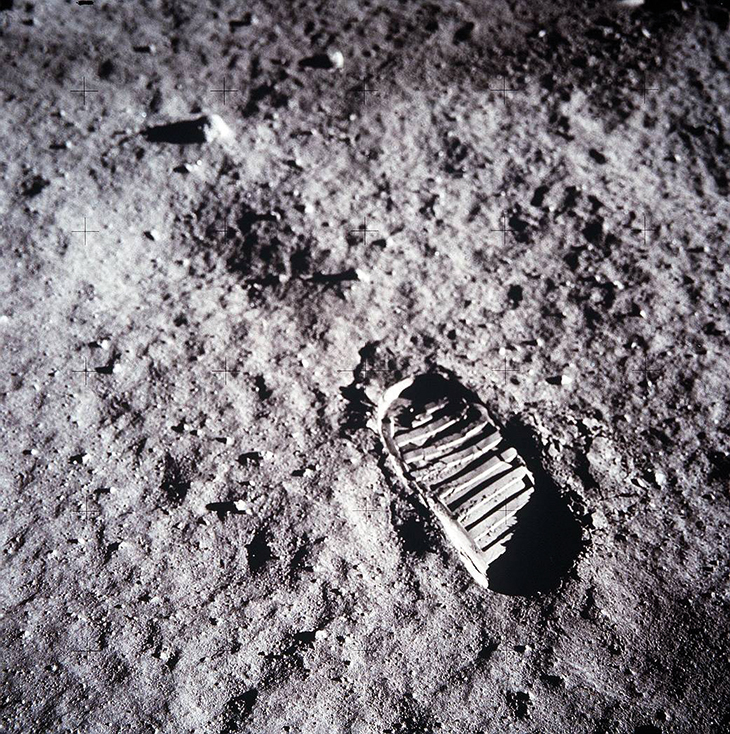
Buzz Aldrin’s boot print in the lunar soil, during Apollo 11’s landing on the moon, 20 June 1969. Courtesy NASA
Archaeologists regard features such as astronaut boot prints to be part of the site, and many would agree that these are very much worth preserving. The Artemis Accords state that ‘other evidence of activity on celestial bodies’ should be considered as part of space heritage, so perhaps this offers an avenue to protect traces in lunar ‘soil’. It’s clear that a multinational heritage agreement is needed to get around the limitations of national legislation.
But, as everyone involved with the protection of cultural property knows, heritage is inherently political. In 2020, three rovers from the Apollo 15, 16 and 17 missions were given historic landmark status in the US state of Washington, home of their manufacturer, Boeing. Boeing is a competitor in contracts to develop technologies to return to the Moon. This action has combined cultural heritage with ‘engineering heritage’, whereby a technology or company can prove it has a track record in space. In the new era of space, when commercial operators are starting to replace space agencies as the primary proponents of space development, we can expect to see more of this. I think we should be keeping a keen eye on how the commercial sector is using space heritage to further particular narratives of space.
Another tension is between science and heritage. In 1969, astronauts from the Apollo 12 mission visited the Surveyor 3 robotic lander and removed some materials to take back to Earth. Surveyor 3 had been on the surface for only two years at this stage. The analysis showed that dust stirred up by landing had caused abrasion and exposure to extreme UV radiation had darkened the white outer coating. Now that some of the lunar landing sites are more than 50 years old, understanding the effect of the lunar environment on human materials will be very illuminating for future mission design. Removing samples will need regulation, probably in the form of permits granted only after the scientific benefit and research design have been thoroughly assessed. Procedures that have been well established in archaeology are a useful model here. The United Nations is the obvious body to administer such a process; but this may also be something that, as legal owner of many of these sites, the United States could administer within the purview of the Artemis Accords.
The sites are more than just technological hardware sitting on the dusty, rocky surface of the Moon, however. Engineering heritage and historical significance aren’t enough to truly capture what these places mean. A framework widely used across the world for assessing cultural significance is the Australia ICOMOS Charter for Places of Cultural Significance, known as the Burra Charter. The charter was first drawn up in 1976, as European heritage charters had proved to be a poor fit for Indigenous heritage and the built environments of settler colonial nations. The Burra Charter works equally well for space. It defines five types of cultural significance: historic, scientific, social, spiritual and aesthetic. The setting and environment are an important part of these – for example, if you removed the Apollo 11 artefacts and put them in a museum on Earth, it would no longer be the same site, as part of its significance is its location on the Moon.
It is easy to list the reasons why the Apollo sites have historic, social, spiritual, and scientific significance. (We may laugh at lunar conspiracy theorists, but their strongly held belief that humans have never left Earth is a form of spiritual significance.) Aesthetic significance is a bit harder. People are used to thinking of the Moon as a grey, dead rock, devoid of colour and life; and spacecraft as cold industrial robots, unfeeling and hard. This is a view I have been resisting for years. When I started thinking about how lunar mining activities might affect heritage sites, I looked at the buffer zones in NASA’s 2011 guidelines to see if they really did encompass the sites they were intended to protect. It seemed some things were missing. The views seen by the astronauts as they roamed around on the surface were also part of the site. They looked out over a landscape strewn with boulders and craters and a black sky that met the horizon in a brutal line. And yet the landscape was bright with the full light of the Sun. Reading astronauts’ accounts of stepping into deep dark shadows cast by the landing modules and observing their striped boot prints to gauge the depth of the dust, I realised that another critical factor had been omitted in thinking about lunar heritage (and indeed terrestrial heritage): the aesthetic environment created by light and shade – or chiaroscuro.
Shadows are not the same everywhere in the solar system. Each celestial body offers an interpretation of the Sun’s light according to its atmospheric, geological and chemical characteristics. Without an atmosphere to diffuse light, lunar chiaroscuro is very different to that we know on Earth. The light of the Sun and stars is reflected and absorbed by lunar ‘soil’ created by billions of years of impacts from cosmic rays and meteorites, producing a fine dust full of tiny glass fragments. Shadows are blacker and colder than on Earth and they have their own microclimate.
Human intervention in the lunar landscape has augmented the population of shadows with new species. The shadows cast by the angular and textured bodies of human artefacts are unlike those of the naturally occurring craters and boulders around them. Long after the moonwalkers have left, the turning of the shadows as the Sun passes overhead animates these silent outposts of human aspiration. The Moon is far from a dead world when it lives so vibrantly in our imagination.
From the December 2020 issue of Apollo. Preview and subscribe here.
Unlimited access from just $16 every 3 months
Subscribe to get unlimited and exclusive access to the top art stories, interviews and exhibition reviews.

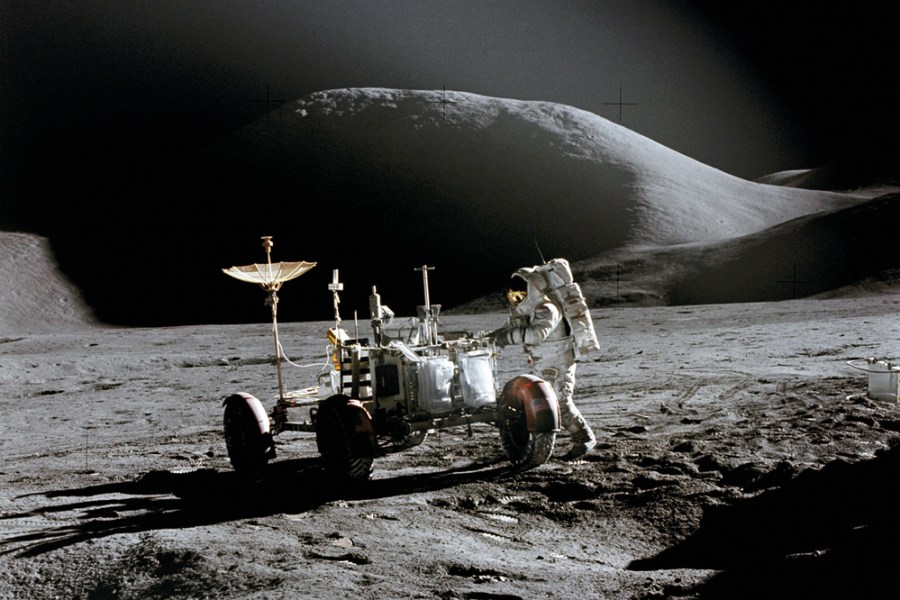
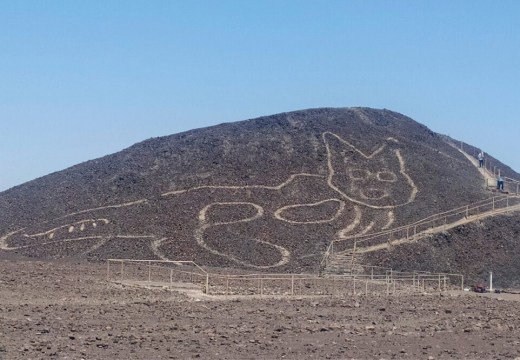
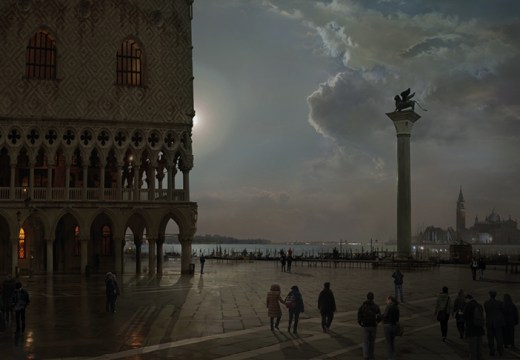
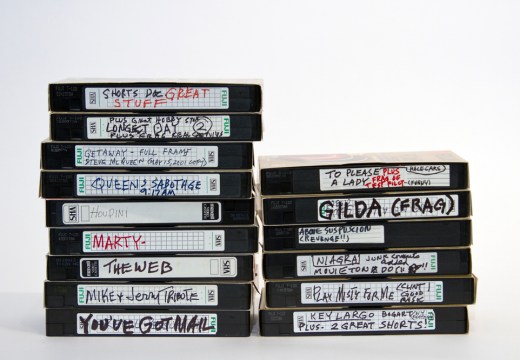








![Masterpiece [Re]discovery 2022. Photo: Ben Fisher Photography, courtesy of Masterpiece London](http://www.apollo-magazine.com/wp-content/uploads/2022/07/MPL2022_4263.jpg)
Pilgrims’ progress? The Vatican Jubilee has frustrated Romans and tourists alike